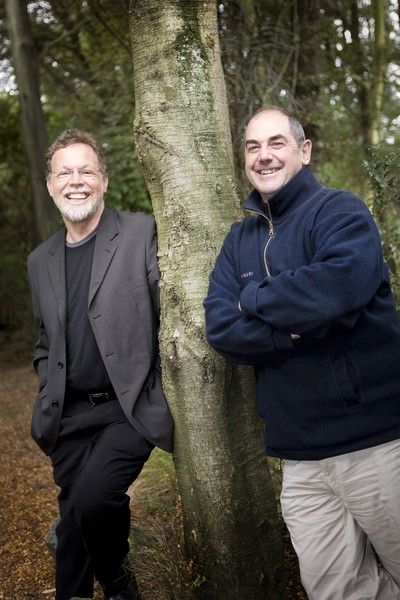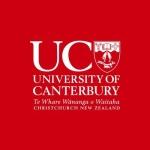Difficult land may have carbon forest potential

Areas of land too difficult for conventional farming or forestry may become important “carbon sinks” with help from leading UC researchers.
Dr Mark Bloomberg and Associate Professor Euan Mason (School of Forestry) have been awarded funding of $472,168 by the MAF Sustainable Land Management and Climate Change Fund to look at developing a site assessment system for “difficult” land not normally considered for plantation forestry.
The research is part of the Government’s Sustainable Land Management and Climate Change (SLMACC) plan of action, Dr Bloomberg said.
“The SLMACC plan of action is a response to two important environmental issues facing New Zealand. The first is atmospheric carbon and our commitments under the Kyoto Protocol; the second is the ‘difficult’ hill country that was converted from forest to farmland in the early days of European settlement. This difficult land is hard to farm sustainably as it is unproductive mostly due to climate or soil conditions.
“The land may have a problem with soil erosion or it may be too cold or too steep,” said Dr Bloomberg.
“To meet its carbon commitments, New Zealand needs to increase the land available for carbon sequestration forests, by creating new forests on the difficult land which would not normally be considered by plantation forest investors,” he said.
Land that is difficult for farming is often difficult to log, so when the land is put back into trees, they will not necessarily be traditional forestry species such as radiata pine.
“We want to look at the possibility of new species as they don’t have to be used for log production. We’ll do our homework to get a systematic match of the right trees to the right site.”
The carbon forests planted on difficult land also have the potential to achieve sustainable land use objectives such as soil and water conservation. “This is a way for the Government to kill two birds with one stone – difficult land becomes a carbon sink but it is also a quick way to solve erosion,” said Dr Bloomberg.
“However, because difficult land will have limitations for tree growth and forest management, we need to find better ways to plant and manage trees on these sites.”
Dr Bloomberg and the research team will produce a framework to assist forestry professionals to make better decisions on the carbon forest site—for example, what species to plant and what growth rates to expect.
“We will systematically evaluate soil and climate factors and ask have you thought about risks—such as snow, strong winds, soil erosion? The expected growth rate is important too as companies wanting to offset carbon will want a productive carbon sequestration forest as soon as possible,” he said.
“This system will provide New Zealand forestry investors with the information they need to identify and evaluate limitations on intended sites for carbon forests.
“It’s a good project to be working on as we can gather and evaluate information from a variety of people working in forestry and land-based research.
“We are lucky in that we are well placed at Canterbury with informal networks with SCION (New Zealand’s forestry Crown Research Institute) which is co-located here with us in the School of Forestry. SCION will contribute to the project as will soil scientist Dr Mike Laffan who is based in Tasmania, Australia.”
